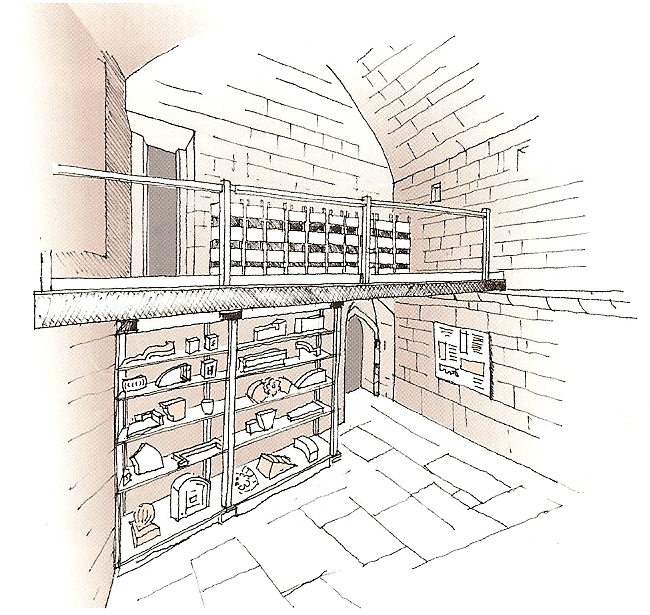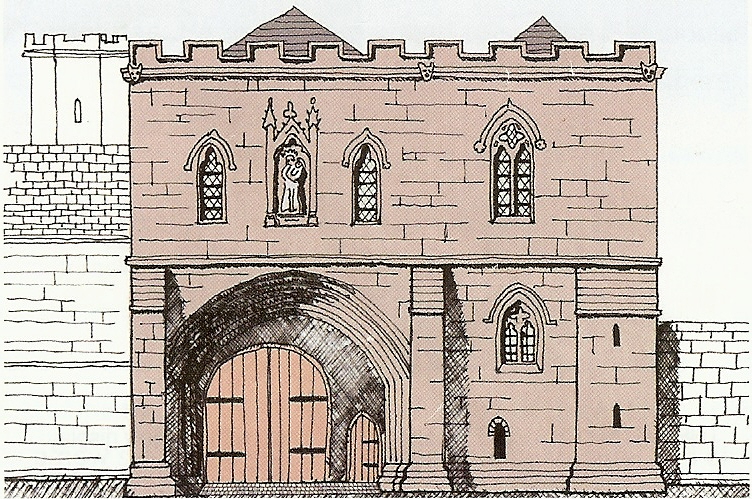Dear KHAS Member,
I give below details of two events which are being held in the locality during October.
First of all, I have been asked to draw to your attention the following message received from Barford Heritage Group:
We have a talk on the Buildings of Barford and the surrounding area given by Chris Pickford, who has recently revised the Pevsner Guide to the building of England/Warwickshire. This talk is in our village Memorial Hall on Saturday, 7th October at 7.30. There is no admission fee but donations always welcome. Light refreshments available, (wine and nibbles)
We would welcome any of our near neighbours from Kenilworth, of course!
With kind regards, Ann McDermott, Barford Heritage Group (barfordheritage@gmail.com)
In addition. please find attached an invitation to a fund raising event to be held on 28th October in aid of the Harry Sunley Memorial Project, when the speaker will be Ian George. Details of the project itself are also attached.

Best regards,
Geoff Whiteman
—
Secretary,
Kenilworth History and Archaeology Society (KHAS)
THE HARRY SUNLEY MEMORIAL PROJECT
Registered Charity 1166561
Fund Raising Event Saturday 28th October 2017
Illustrated talk by Ian George
(former Inspector of Ancient Monuments for Warwickshire)
On
‘FIRST SETTLERS: EARLY TIMES IN THE AMERICAN SOUTH-WEST’
Venue: Kenilworth Methodist Church, Priory Road, Kenilworth, CV8 1LQ
(disabled access and parking available)
Start Time 19.30
Admission Charge £5.00 per person
Light refreshments
Ian George is the Places Manager for Lincolnshire County Council. For the seventeen years before he started that job in June of this year he was the Inspector of Ancient Monuments for Warwickshire. Ian has worked in Peru and travelled widely across south and central America. In 2010 he took a short sabbatical to undertake a study of what the American’s call Historic Preservation. As a result of his visit to the USA he fell in love with the incredible landscapes, people and archaeology of Arizona and New Mexico in particular. He has visited these states many times since and has developed a deep understanding of the picture emerging of the early settlement of this part of the world.
He says “This talk will illustrate the arid landscapes of the south-western states of the USA and how they were first settled. In the deserts and the canyons native peoples developed a settled, agricultural way of life which overcame the barren native landscape. As these societies developed over many centuries so they appear to have declined very rapidly. However, they left behind a wealth of archaeology poorly understood outside the USA. This talk will shed some light on the story which is emerging of the predecessors of the modern tribal people of this area. We shall also explore some of the more recent ‘archaeology’ of the American south-west and learn about the interplay between native peoples and modern settlers today”.
THE HARRY SUNLEY MEMORIAL PROJECT
Registered Charity 1166561
OPENING KENILWORTH ABBEY GATEHOUSE TO THE PUBLIC
The ruined ‘Tantara’ Gatehouse in Abbey Fields, Kenilworth (Warwickshire) is the most significant standing building of the Augustinian priory (later abbey) of St Mary, founded in 1119.

Rebuilt in the time of Prior Henry Bradway (1361-75), the Gatehouse was an imposing two-storey building controlling the inner court of the monastery. After the Suppression of the monastery in 1538 the upper storey and almost all the surrounding buildings were destroyed, but much of interest still survives on the ground floor, including two internal chambers. They were once a well-appointed porter’s lodge; the lost rooms above were probably accommodation for an important monastic official, such as the bailiff. The surviving structure was in use as a cottage in the 17th and 18th centuries, but had become a picturesque ruin by the time the graveyard of St Nicholas’s church was extended around it in 1885. It is a Grade I listed building and a rare survival of a gatehouse of the Augustinian monastic order.
The project has been named in honour of the late Harry Sunley FSA, who was the authority on the Abbey until his death in 2011. Harry was a former Clerk to Kenilworth Town Council, past President and Chairman of Kenilworth History and Archaeological Society and past Chairman of the Kenilworth Abbey Advisory Committee. He had always hoped to see the Gatehouse chambers opened to the public and their contents properly displayed there, and these are now the ultimate aims of the Project.
The main works identified to achieve these aims are to strip out the existing metal storage racking in both chambers to expose the original walls and floors. The carved stones and boxes of floor tiles displaced by this operation will be rehoused on a new mezzanine platform in the inner chamber, where there was a mezzanine floor in the Middle Ages. Some of the heavier objects will be stored on a new set of shelves underneath the mezzanine, and also in a new specially made octagonal storage and display table in the outer chamber.
The freeing-up of space in both chambers should also allow us to exhibit properly large objects such as the 14th-century stone effigy of Prior John Salle (currently stored in the Barn) and the old stile from the Gatehouse passage. It will also be essential to bring mains electricity to the Gatehouse, to provide power for lighting.
To open the Gatehouse to the public would considerably extend the attraction of the Abbey site and encourage more visitors to Abbey Fields. Visits would take place on the same basis as the current summer opening of the Barn by volunteer stewards from Kenilworth History and Archaeology Society, and on pre-booked guided tours. The Gatehouse and the Barn together also have considerable potential as an educational focus for school groups on aspects of medieval monastic life.
